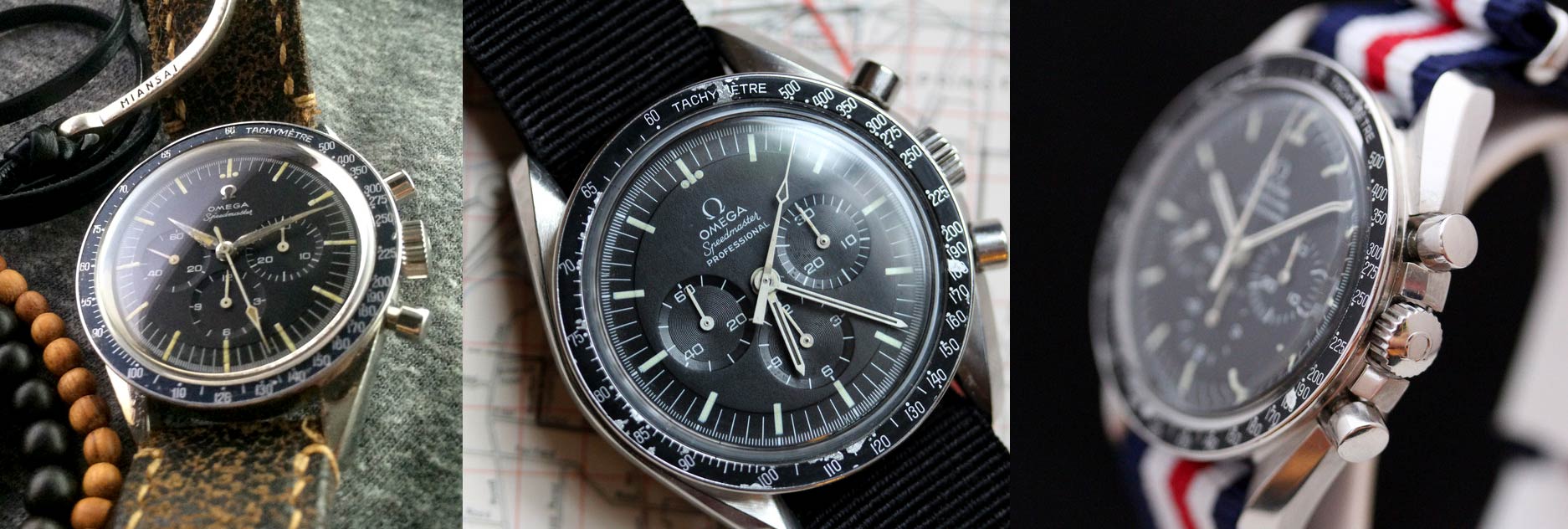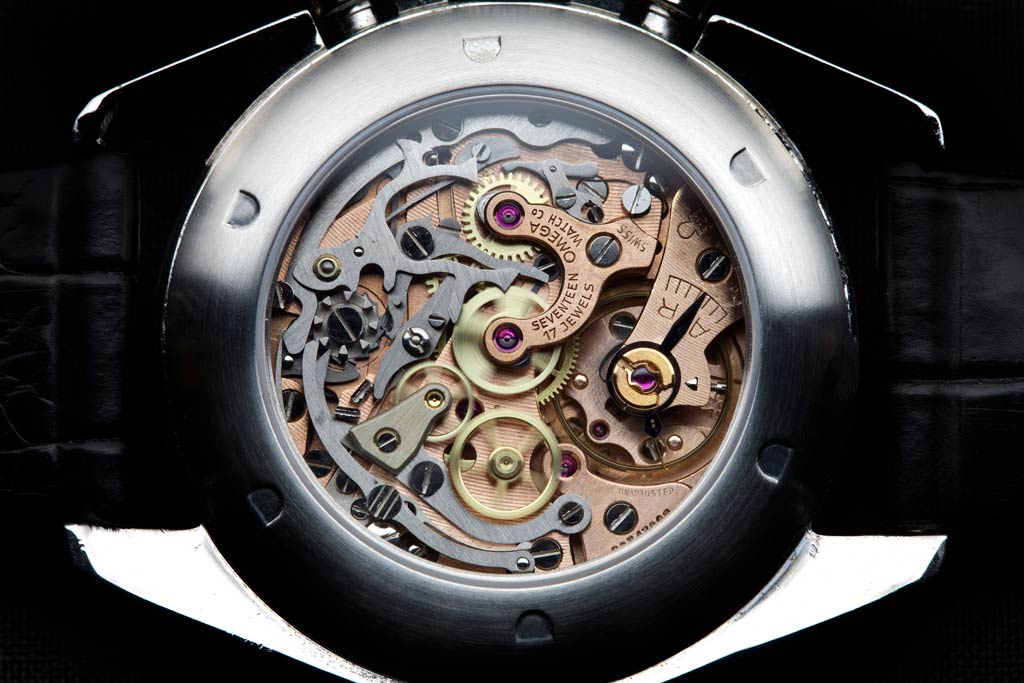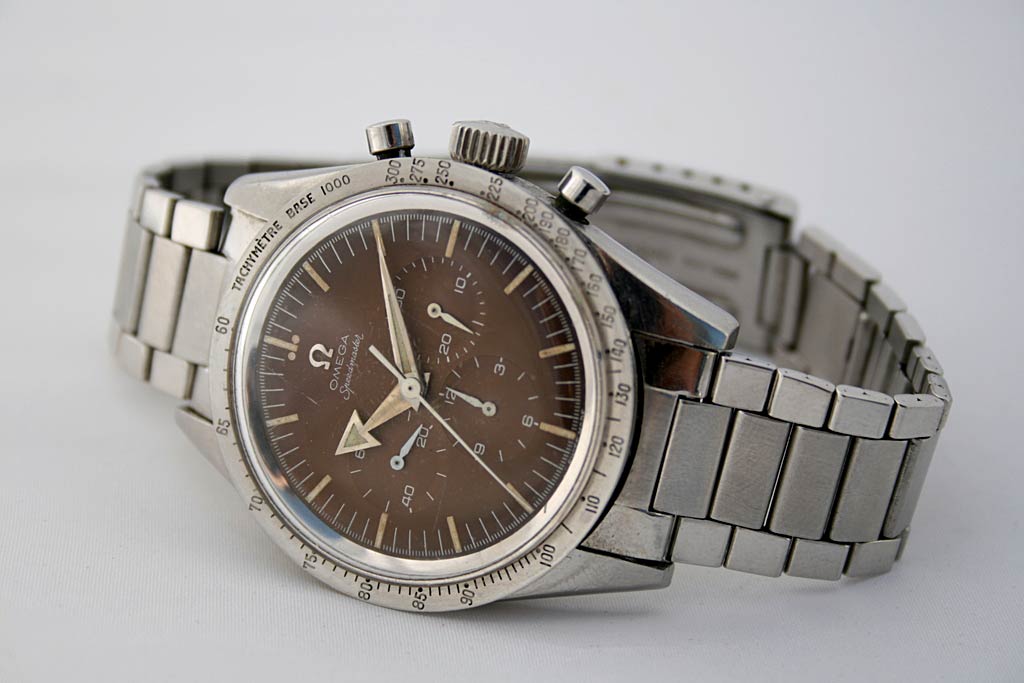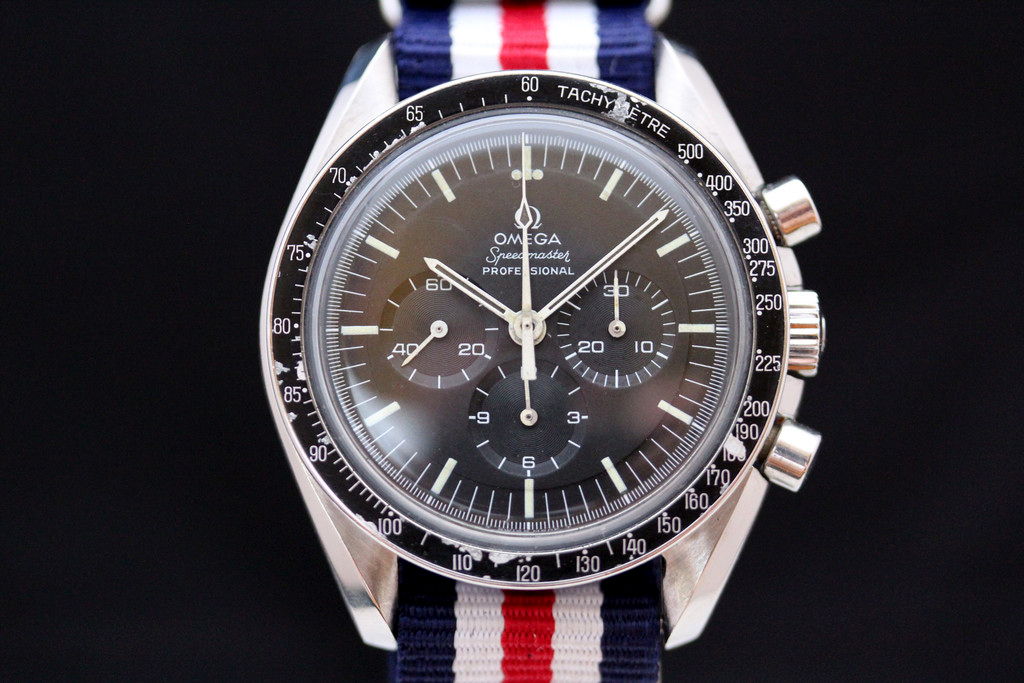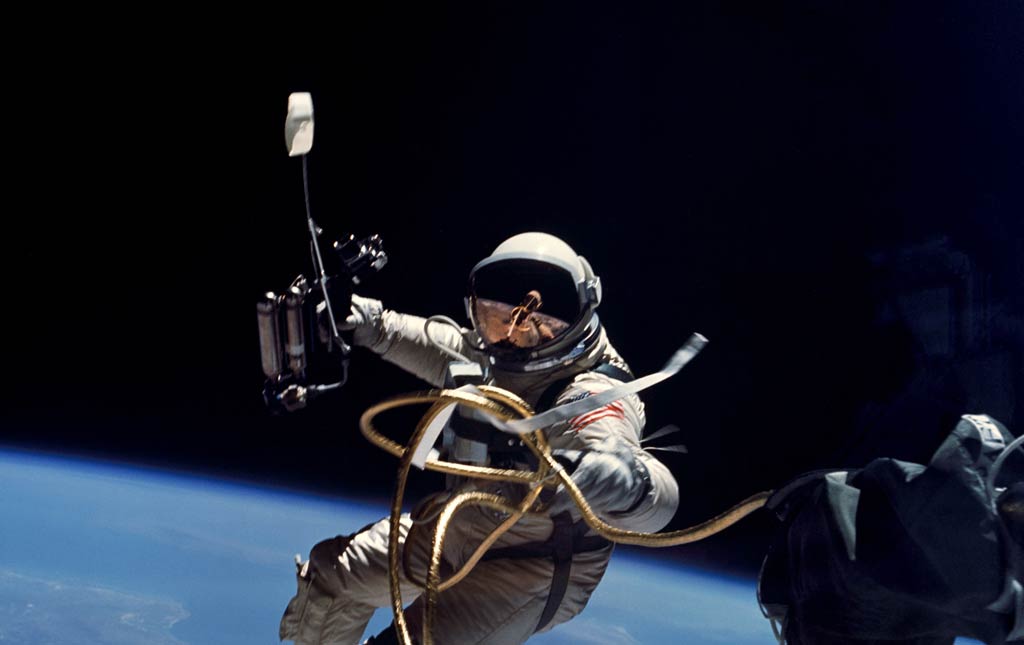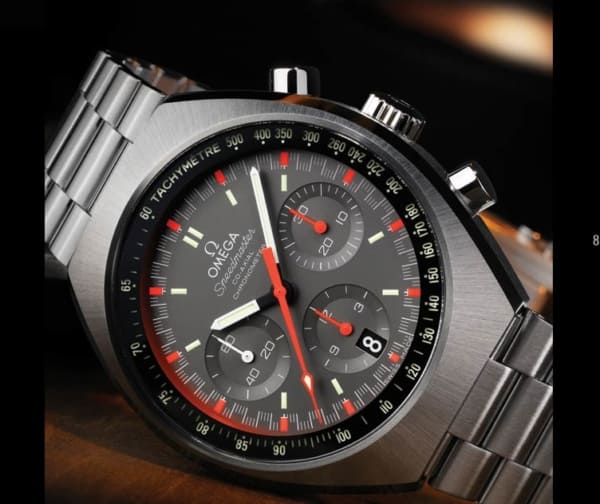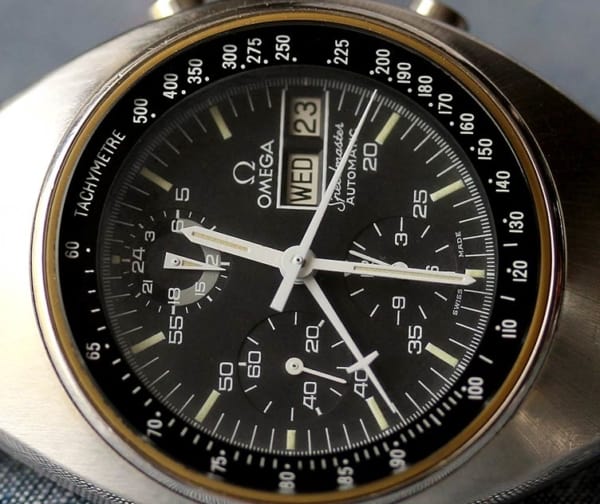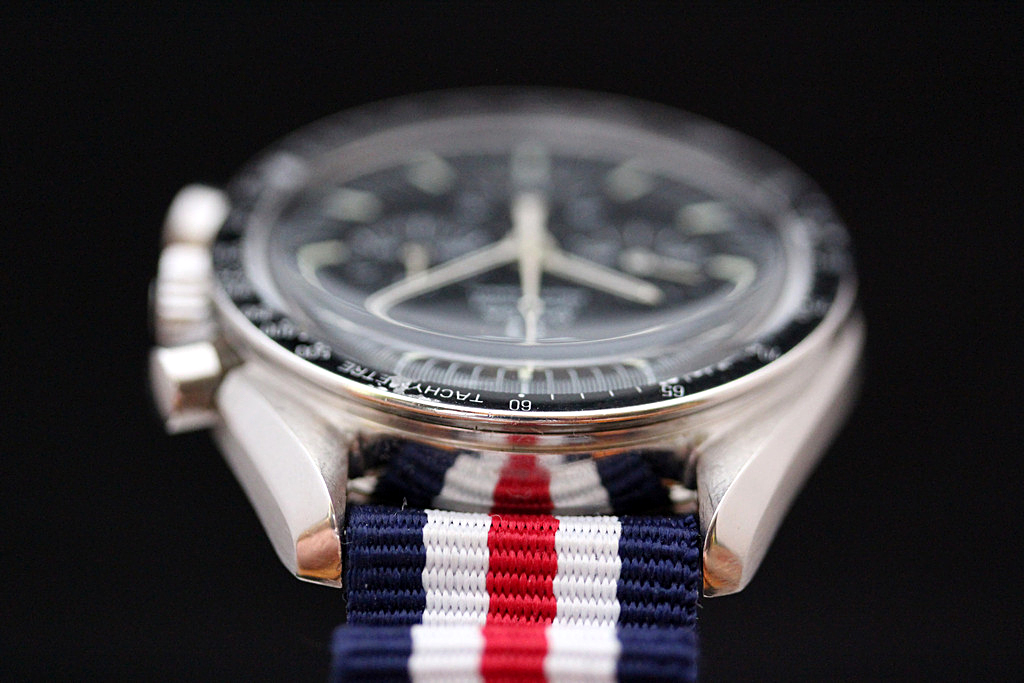The Omega Speedmaster is one of a handful of watches that can truly be called iconic. Known as the first watch on the moon, the Speedmaster began its career in space exploration with Wally Schirra’s Mercury Atlas 8 mission in 1962. It was formally flight qualified by NASA in 1965. The Speedmaster’s role in space–and its legacy–was cemented when it was used to time the course-correcting rocket burns during Apollo 13’s harrowing return to earth in 1970. Now, over forty years later, it’s still the only watch NASA has approved for extravehicular activity/space walks.
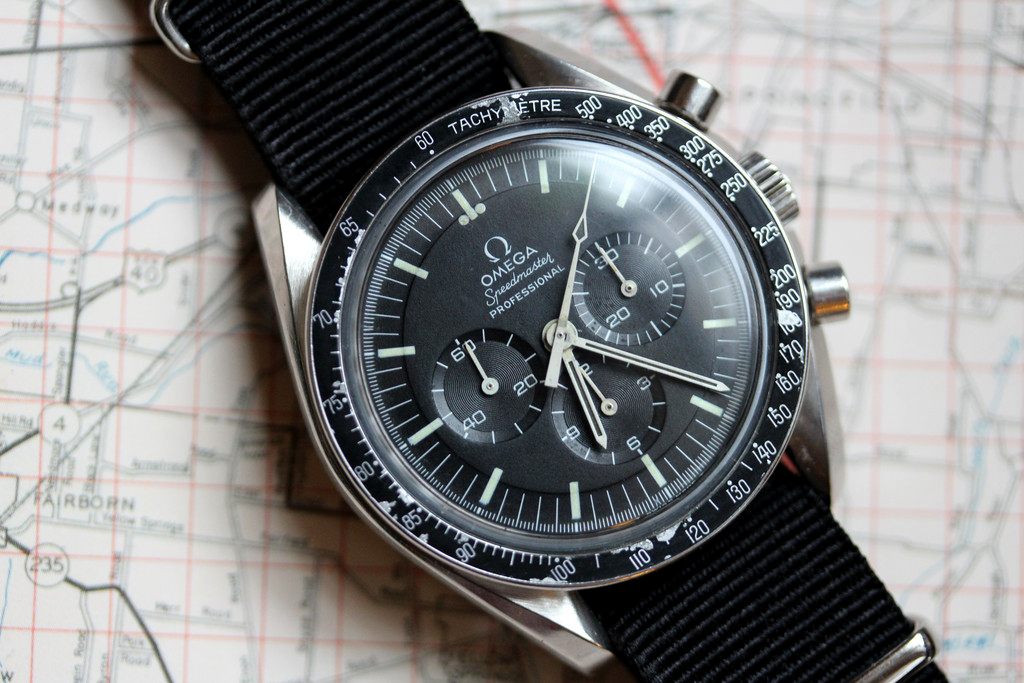
But what makes this watch special, besides its heritage? Was it specially designed to withstand the rigors of space? Uniquely specified by NASA for the job? Well, no. This iconic chronograph began life in the late 1950s, originally conceived as a motor sports watch. Thus, the name Speedmaster rather than “Spacemaster” or some such moniker.
This article is the first in a series of four. The “Speedy,” as it’s affectionately known to its fans, has a long rich history, and we’d like to take our time with it. The other week our compadré Mr. Enloe took a brief look at the Speedmaster in the movies. Here we explore its genesis and roughly the first 15 years of its evolution. In future articles we’ll look at the electronic (read: quartz) versions, the variations of the Speedmaster from the 1970s to the new millennium, and we’ll conclude with a look at current releases which include homages to some of those early models.









 Featured Videos
Featured Videos




